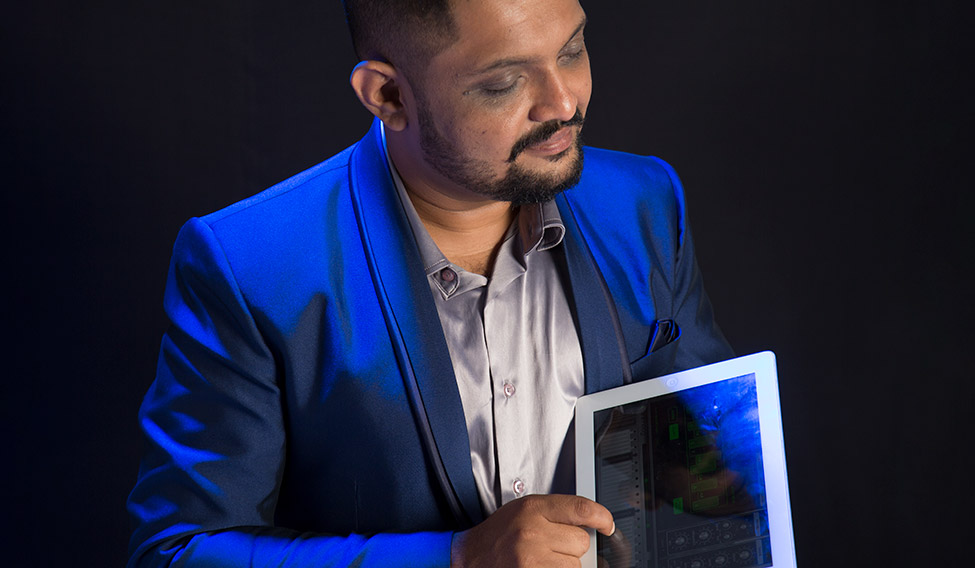Siri, what is 10 to the power of 544?” One moment, says Apple’s intelligent personal assistant, and dives headlong into a loop—1 followed by an impossibly long queue of 0s. The intriguingly titled ‘Requiem for a Dream ft. Siri’ video on YouTube, performed by Indian Jam Project, starts with the signature Clint Mansell (the original composer) leitmotif; utilising the raspy chants of Siri as the percussive backbeat, the number dissolves into a sonic orgy of keyboard, sitar and flute.
“I got the idea to do this piece after I saw a beatboxing video which featured Siri,” says composer Tushar Lall of the Indian Jam Project. The collective has adapted classical pieces to contemporary tunes like soundtracks from the series Game of Thrones, Sherlock and the movie Titanic, to rave reviews. Sherlock theme composer and Emmy award winner Michael Price called their work “outrageously good”. “The response to the video has been fantastic,” says Tushar. The video, which was first uploaded in February 2017, went on to become a viral phenomenon on social media.
While one could argue that the spirit of experimentation with different forms of technology was never lacking among young indie musicians, we are now seeing the invasion of technology into purist bastions like the Chennai Carnatic music sabhas. Almost every musician nowadays comes armed with an iPad and its numerous applications like Geoshred, Animoog or Garage Band, which more often than not function as stand-ins for traditional instruments. In the Western classical scene, it is common now for the musicians to jettison the bulky sheet music, and instead rely on an iPad—an extra bluetooth pedal even eliminates the need for musicians for swipe mid-performance. Change is undoubtedly in the air, but what are the major shifts that we can expect in 2018?
Says Navneeth Sundar, who comes from a keyboard background and is a Limca World Record holder for conducting the first live iPad Carnatic concert: “A lot of musicians are liberally using the iPad for their performances. Those who use the iPad as an instrument by itself are small in number. Most musicians prefer to use it for its processing capabilities. I prefer to use Animoog in the concerts that I perform.” Sundar has performed full-length Carnatic kutcheris on nothing but an iPad.

In live performances, Tushar uses either an iPad or a MIDI keyboard. “Even the sarangi and sitar players in the Indian Jam Project use iPads for their performance. It is easier to transition—slide or glide—from one note to another and produce microtonals in a manner that is possible in instruments like sarangi, violin or the flute,” he says.
Change is fast happening, asserts Sundar. “The only problem is that sometimes, with an iPad, we are limited by its ability to handle Carnatic music. To rectify such shortcomings, we are working with the application developers.”
Sathyanarayanan or Keyboard Sathya is a virtuoso multi-instrumentalist who, at 10, was among the youngest to have passed the Grade 8 keyboard examination conducted by the Trinity College of London. He expects to see more applications spring up, heralding a major change in the music scene. “I was introduced to Geoshred by Jordan Rudess, one of its developers, and I am part of its internal test team. I have no doubt that, in the coming year, more applications will appear and it will become much more accessible for the common man.” One of his preferred instruments is a ROLI Seaboard, a version of the keyboard, albeit with a touchpad that allows it to glide and slide through the keys.
“Yes, youngsters are taking more to the applications, but it has resulted in a culture where virality is rewarded and recognised over musicianship. I always tell my students to have their fundamentals strong. Only then can you adapt to other technologies,” says Sathya.







